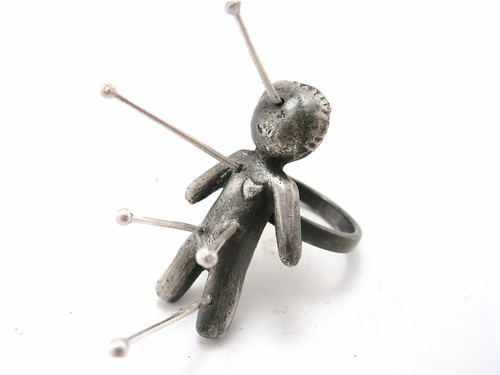I quite liked the Mexican movie Cartas a Elena.
It’s a melodramatic picture with gentle and moving parts. Story about a mailman in Chihuahua. Or, perhaps more generally, about the act of deliverance. With a dose of magical realism. The old people in the sierra tarahumara, to whom the mailman delivers the mail on foot, are mostly illiterate so they need their mail read to them and require help getting their own letters written down. Unfortunately, they keep getting nothing but bad and painful news from loved ones living in the US.
The mailman has a long-lost son who never writes until finally one day he seemingly receives a letter from his son, believes he has been forgiven, and dies suddenly but happily. As it turns out, the letter has been written by a young boy, who the mailman had adopted earlier. The boy is so saddened by the bad (or lack of) news for those around him, that he decides to use his imagination and make the letters appear more positive and optimistic. The old people end up being much happier and begin to prefer being fooled by the boy rather than having to cope with the steady stream of hardship in the actual letters.
There’s much more to it, in a fairy tale kind of way. There’s some lovely storytelling in this movie – and beautiful scenery. Some of the acting is a bit over the top and appeals perhaps more to soap operatic sensibilities but generally works very well here. A few scenes are over the top of that top and require moments of severe patience but they are fairly limited.
There are some beautiful panoramic shots in the movie of the barranca del cobre (Copper Canyon), a canyon system in the Sierra Madre larger and deeper than the Grand Canyon.
Many years ago I had a good friend CG, the badass drummer for the Sun City Girls, who sadly passed away 5 years ago. He was the one who first told me stories about the canyon and the Tarahumara runners. He had read “The Peyote Dance“by Antonin Artaud, one of the most amazing pieces of drug literature ever written. CG would retell all those stories to me in excited monologues that would also include mysterious facts about Haitian voodoo drumming. At some point, I found a book by the anthropologist John Kennedy on the “Tarahumara of the Sierra Madre” full of fascinating accounts of beer brewing, running matches, and dealings with Catholic missionaries. I knew I would have to visit one day.
A few years later, my friend JCK and I finally travelled via the Chihuahua al Pacifico train from Los Mochis in Sinaloa to Creel in Chihuahua at the top of the barranca del cobre. From there we (hitch)hiked down to the old, dusty mining town of Batopilas at the bottom of one of the canyons. We saw a decomposing body in the ruins of the old Jesuit mission in Satevo (a stop on the Camino Real), saw airstrips for opium poppy transhipments, endured bloody cockfights, and played pool games with pistola toting cartelitos in a local dive.
The landscape in the movie was instantly familiar to me. The scene below, I believe, was taken near the popular lookout in Divisadero. Good movie, nice memories.

VN:F [1.9.22_1171]
Rating: 5.0/5 (1 vote cast)
VN:F [1.9.22_1171]







 I was reminded of this old homonymic quip while reading the smart opening paragraph in a
I was reminded of this old homonymic quip while reading the smart opening paragraph in a 


